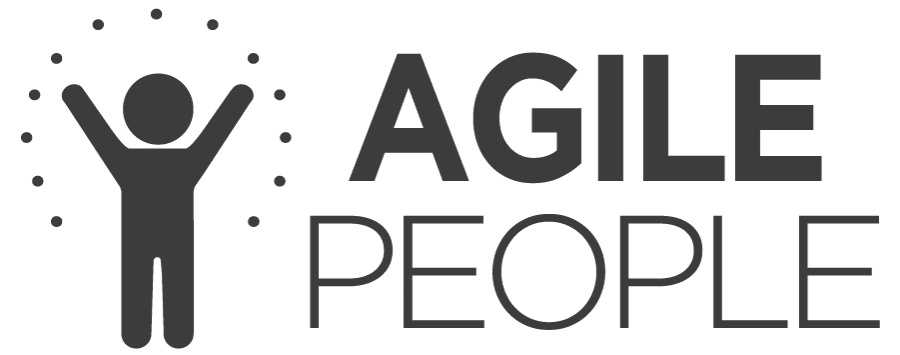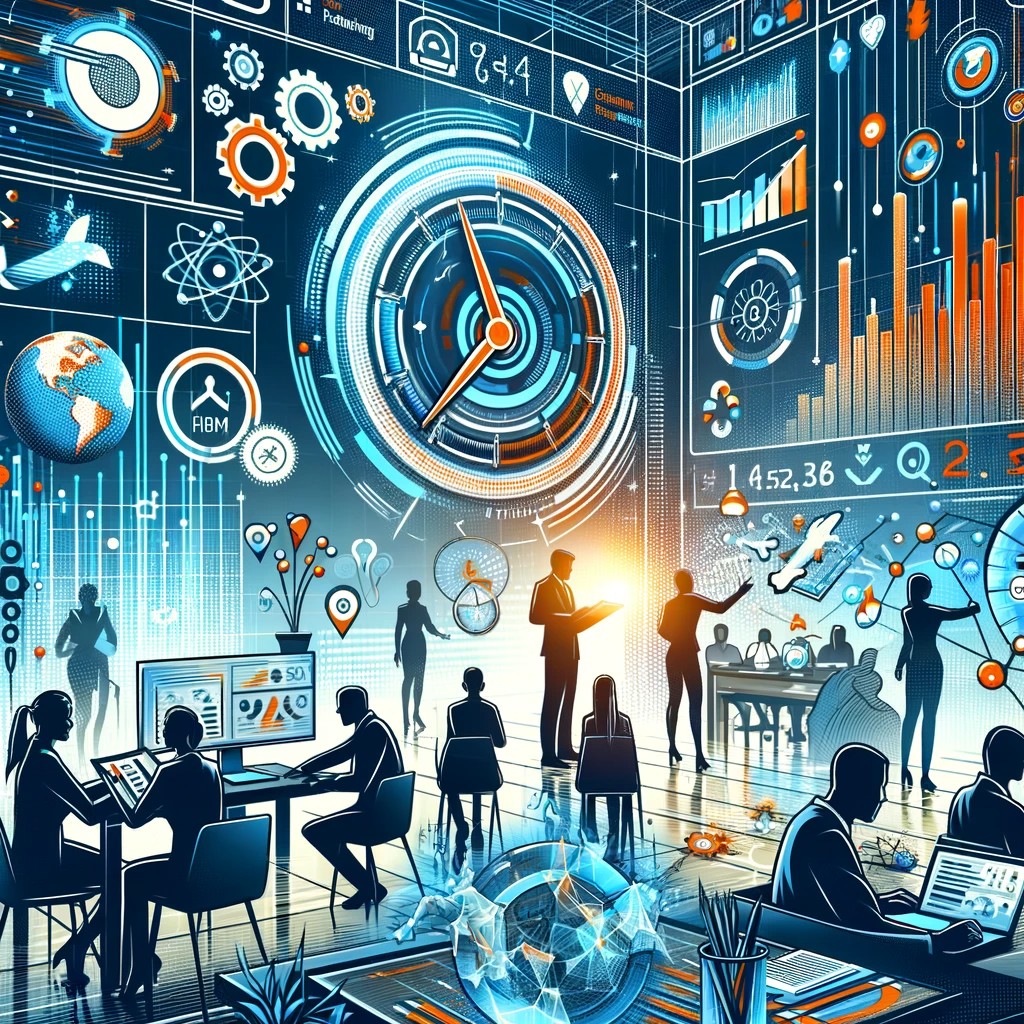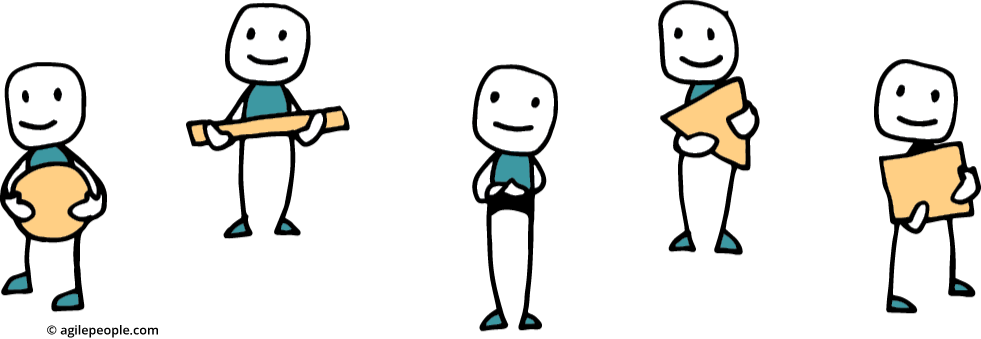Dive into how Agile HR transforms traditional feedback processes, emphasizing real-time, dynamic systems to foster continuous improvement and employee engagement.
The Agile Human Resources (HR) model represents a significant shift from traditional HR practices, particularly in how feedback is managed. Agile HR transforms the feedback process into a more dynamic, continuous, and collaborative approach, which is crucial for organizations aiming to foster a culture of continuous improvement and heightened employee engagement.
1. Real-Time Feedback: Unlike traditional HR practices where feedback is often limited to annual performance reviews, Agile HR advocates for real-time feedback. This approach involves providing immediate feedback on an employee’s performance, contributions, and areas for improvement. Such immediacy ensures that feedback is relevant and actionable, as it is provided in the context of current projects and tasks.
2. Dynamic Systems: Agile HR systems are inherently dynamic. They adapt to the changing needs of the organization and its employees. This flexibility allows for feedback mechanisms to be tailored to different teams, projects, and individual preferences. Dynamic systems in Agile HR are not one-size-fits-all but are customized to meet the unique demands of various work environments.
3. Fostering Continuous Improvement: Continuous improvement is a cornerstone of the Agile methodology. Agile HR’s feedback processes are designed to promote ongoing development rather than merely evaluating past performance. Employees receive constructive feedback that not only addresses current performance but also focuses on future growth and development opportunities.
4. Employee Engagement: Agile HR’s approach to feedback is instrumental in boosting employee engagement. When feedback is frequent, constructive, and focused on growth, employees feel more valued and understood. This enhances their engagement with their work and the organization as a whole. Engaged employees are more likely to be motivated, productive, and committed to their jobs.
5. Collaborative Approach: Traditional feedback often flows in one direction, from managers to employees. However, Agile HR encourages a more collaborative approach. Feedback is not just top-down but also peer-to-peer and bottom-up. This creates a culture of openness and mutual respect, where everyone is encouraged to contribute to each other’s development.
6. Integration with Agile Practices: Agile HR feedback processes are often integrated with other Agile practices such as stand-ups, sprints, and retrospectives. This integration ensures that feedback is consistent with the overall Agile framework of the organization, aligning employee development with broader organizational goals.
7. Emphasis on Soft Skills: Agile HR places significant emphasis on soft skills like communication, teamwork, adaptability, and problem-solving. Feedback in this context is not only about technical skills but also about how effectively individuals and teams are developing and utilizing these soft skills.
8. Use of Technology: Technology plays a key role in Agile HR feedback processes. Tools like real-time feedback apps, performance management software, and collaborative platforms facilitate the continuous and dynamic nature of feedback, making it easier to give and receive feedback regularly.
In conclusion, Agile HR’s approach to feedback is a radical departure from traditional methods. It emphasizes real-time, dynamic, and collaborative feedback, which is essential for continuous improvement and enhancing employee engagement. This approach aligns with the broader Agile principles of adaptability, collaboration, and continuous development, making it a powerful tool for modern organizations striving to stay competitive and responsive to change.




